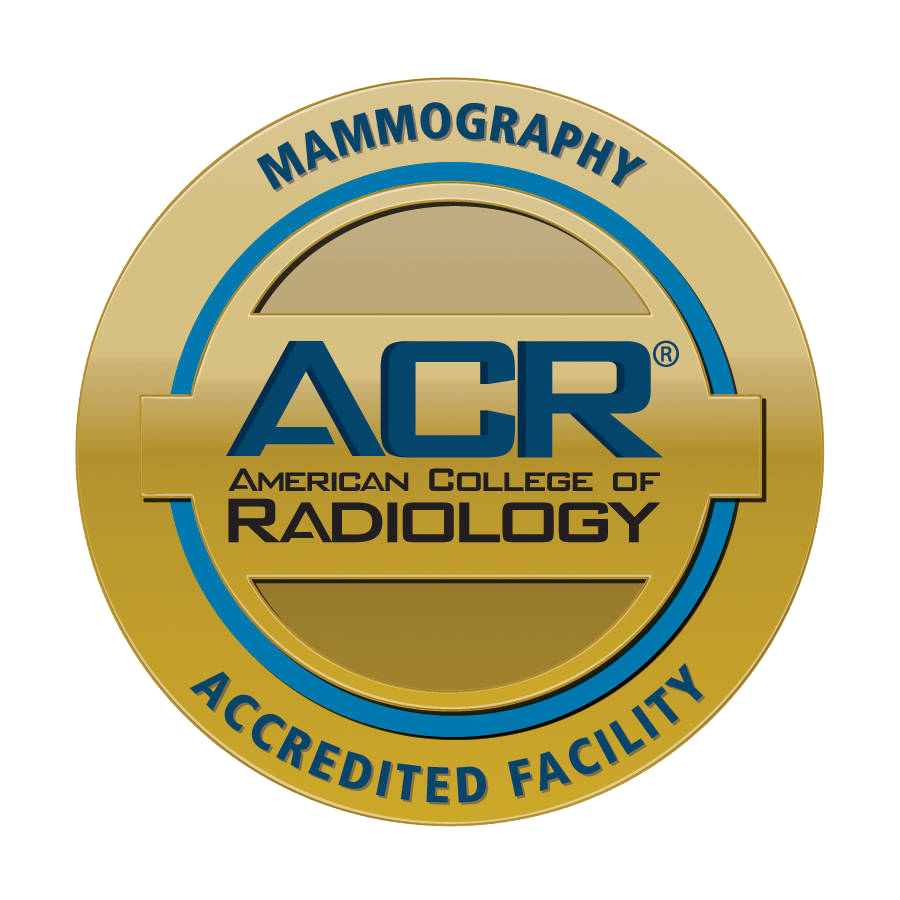Mammograms can detect normal and abnormal changes in breast tissue. These include small white spots related to calcium deposits, larger abnormal areas called masses, and other signs of cancer. Mammograms alone are not used to diagnose cancer, but they can help your doctor decide if more testing is needed.
Mammogram
Routine Breast Cancer Screening and Breast Cancer Diagnosis
Mammograms use low-dose X-rays to create detailed images of breast tissue. They can help your doctor detect breast cancer at the earliest-possible stage and identify the cause of breast problems, such as pain or masses. Mammograms can save lives. All Duke Health mammography locations perform 3D imaging using an advanced technology called digital breast tomosynthesis. The highly accurate images allow radiologists to detect breast cancer and other changes in breast tissue early and reduces the number of false alarms when compared to traditional 2D mammograms.
Our Breast Imaging Locations
What Does a Mammogram Show?
If you are a current Duke Health patient, you can schedule your screening mammogram appointment online if you have a My Duke Health account.
Types of Mammograms
Screening Mammograms
Screening mammograms are for people who are not experiencing symptoms. Your first screening mammogram -- called a baseline mammogram -- is recommended at age 40, in most cases. If you have a family history or other risk factors for breast cancer, your doctor may recommend that screening start at a younger age. The doctor reviewing your mammogram compares your current images to those taken in the past. This helps them monitor for changes in your breast tissue over time.
Diagnostic Mammograms
Diagnostic mammograms are performed to provide a more detailed evaluation of a possible abnormality on your screening mammogram or to evaluate a breast lump or other breast problem. During this exam, detailed 3D images of your breast tissue are taken.
If your screening mammogram shows a possible abnormal area, we will contact you to schedule a diagnostic mammogram or other test, such as a breast ultrasound. About 10 percent of screening mammograms have a finding that requires additional diagnostic imaging, so this is relatively common. If you get called to return for a diagnostic exam, it does not mean you have breast cancer. After a closer look, the doctor may determine the finding is normal.
Let your primary care doctor or obstetrician-gynecologist know if you feel a breast lump or experience other breast problems. They will provide a referral for a diagnostic mammogram, if necessary. You may also have other imaging tests such as a breast ultrasound or breast MRI.
Contract-Enhanced Mammogram (CEM)
Sometimes - when you have dense breasts, for example - your doctor may recommend a contrast-enhanced mammogram (CEM), which combines digital mammography with a contrast dye given by IV. The dye highlights areas of the breast with increased blood supply and allows your doctor to see suspicious lesions that often are not visible on conventional mammograms. Contrast-enhanced mammography is similar in effectiveness to MRI at finding cancers. It is also faster, better tolerated, and more cost-effective than MRI. Duke was one of the first centers in North Carolina to offer this new option.

Our facilities are ACR-accredited for mammography, which represents the highest level of image quality and patient safety.